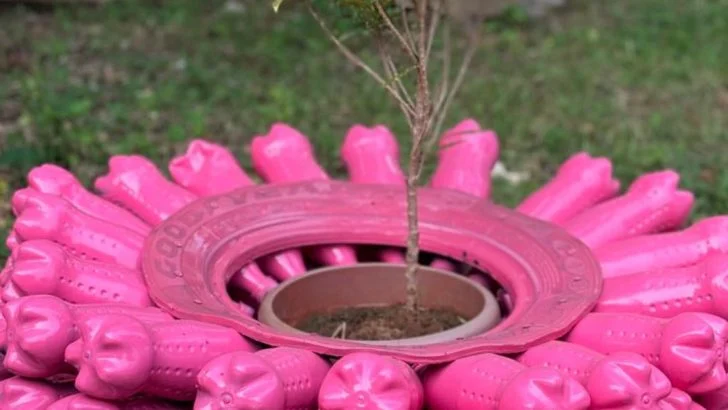I wanted a garden—but not at the cost of plastic pots, store-bought soil, or endless trips to the nursery. So I challenged myself to build a zero-waste garden using only what I already had: scraps, leftovers, forgotten tools, and pure creativity.
From repurposed containers to compost made from kitchen waste, and even seeds harvested from grocery produce, every element came from my home or surroundings. No spending, no landfill guilt—just slow, thoughtful growing that felt deeply satisfying.
In this article, I’ll walk you through how I created a fully functional, low-impact garden from scratch—proving that with a little intention, you can grow beauty and food without buying a thing.
Compost from Kitchen Scraps
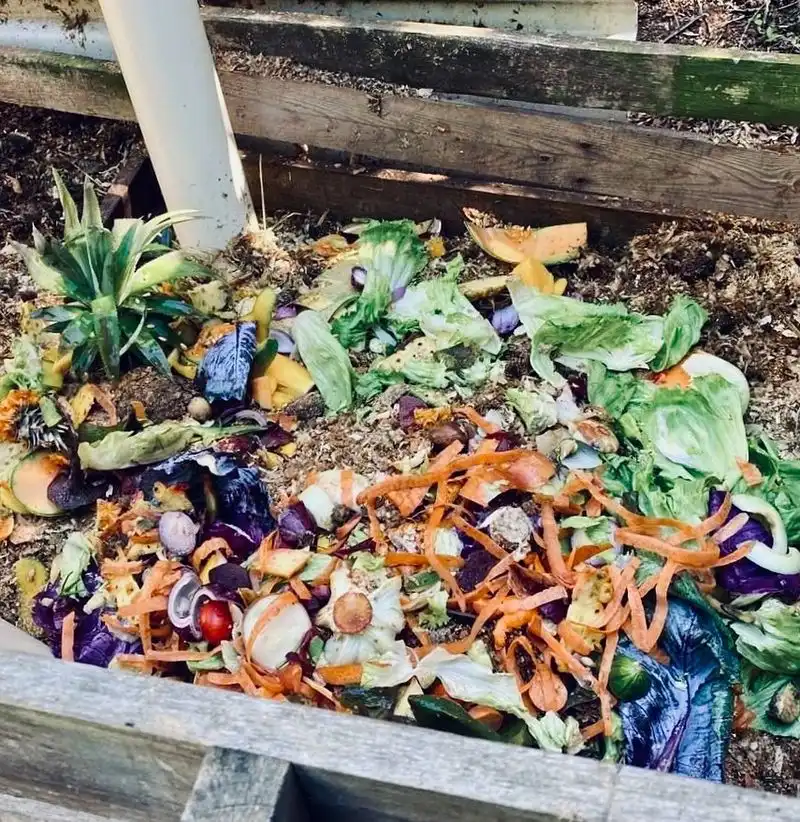
Who knew yesterday’s dinner prep could be today’s garden gold? By collecting kitchen scraps like vegetable peels, coffee grounds, and eggshells, I created a rich compost.
This not only nourished my plants but also reduced household waste. Layering these materials in a pile and turning them regularly allowed nature to do its magic.
It’s fascinating to see how what was once waste is now a source of life for my garden, proving that one person’s trash can indeed be a plant’s treasure.
Rainwater Harvesting System

Ever notice how much water goes to waste during a rainy day? I set up a basic rainwater harvesting system using old buckets and barrels.
Positioning them strategically under roof gutters collected ample water, which I used to hydrate my plants.
This not only conserved water but also provided my garden with chemical-free hydration, making it a win-win for both my plants and the environment.
Upcycled Plant Containers

Old containers often find new life in my garden. Using items like tin cans and worn-out mugs, I crafted unique plant containers.
Each container added character, proving that beauty doesn’t need a hefty price tag. A few drainage holes, some soil, and these forgotten items turned into charming homes for my plants.
Not only did this method save money, but it also kept these items from contributing to landfill waste, illustrating resourcefulness at its finest.
Natural Pest Deterrents
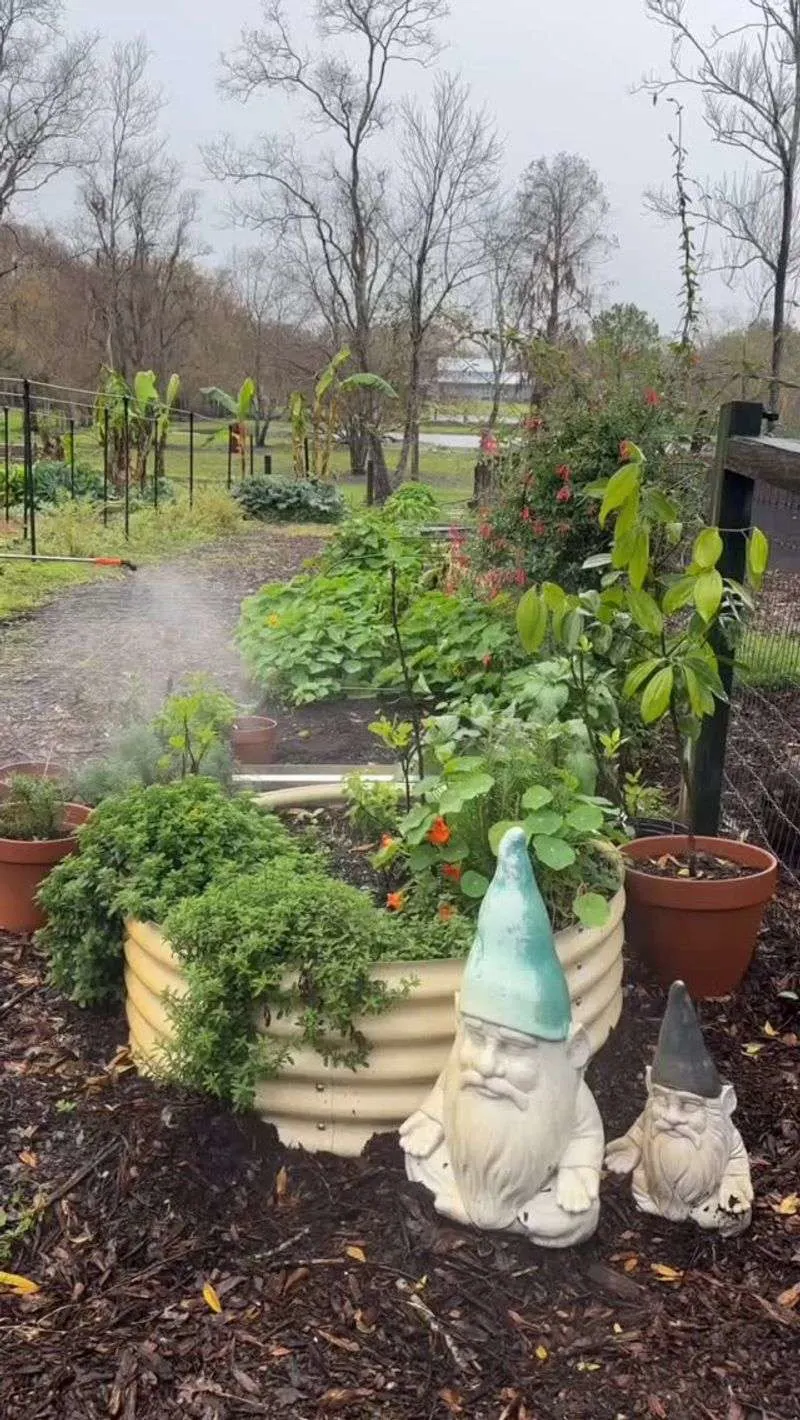
Bugs can be a gardener’s nightmare, but my kitchen came to the rescue. Using garlic and chili powder, I crafted natural pest deterrents.
These spices, when sprinkled around the plants, effectively kept pests at bay without harmful chemicals. The garden thrived, unbothered by uninvited guests.
It’s surprising how simple pantry staples can protect my plants, saving them from pest invasions while maintaining the garden’s organic integrity.
DIY Garden Trellis
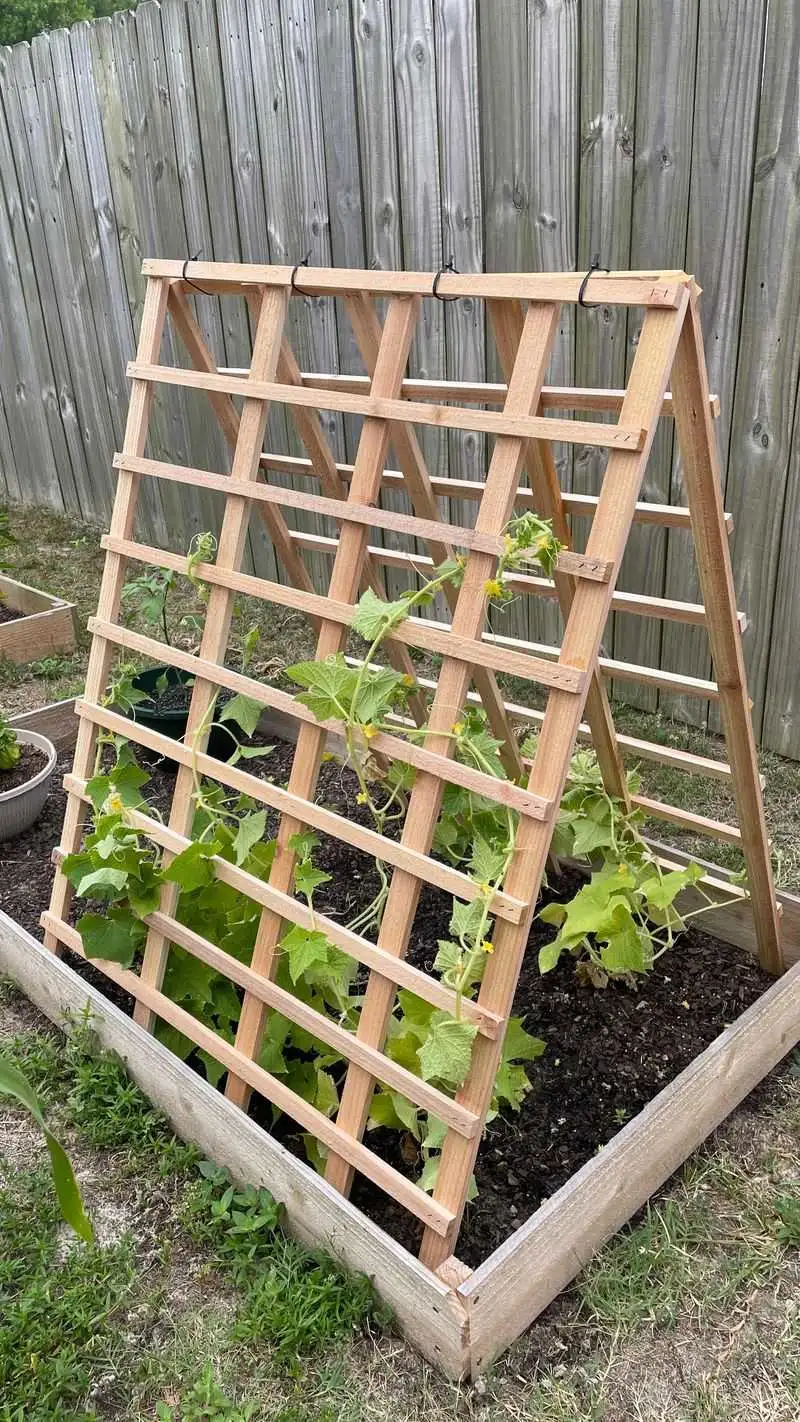
Climbing plants need support, and so did my budget. Using old wood and twine, I constructed a garden trellis.
This structure provided the perfect ladder for my plants to ascend. Not only did it cost nothing, but it also added a rustic charm to the garden.
Repurposing materials for a trellis keeps the garden tidy and cost-effective, illustrating how creativity can often be the best tool of all.
Leaf Mulch from Fallen Leaves
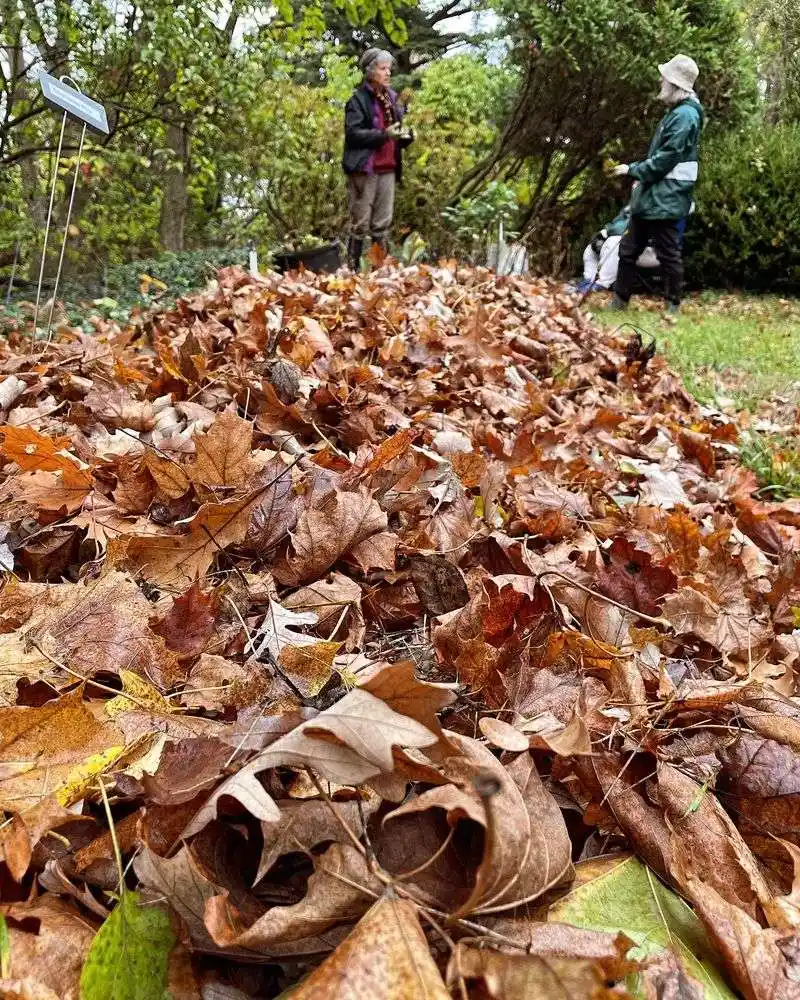
The leaves that clutter the yard each fall became my garden’s best friend. Raking them up and spreading them as mulch enriched the soil and conserved moisture.
As these leaves broke down, they released nutrients, enhancing the soil’s fertility.
This no-cost solution kept the garden robust and vibrant throughout the seasons, demonstrating the power of using what nature provides abundantly.
DIY Seed Starters
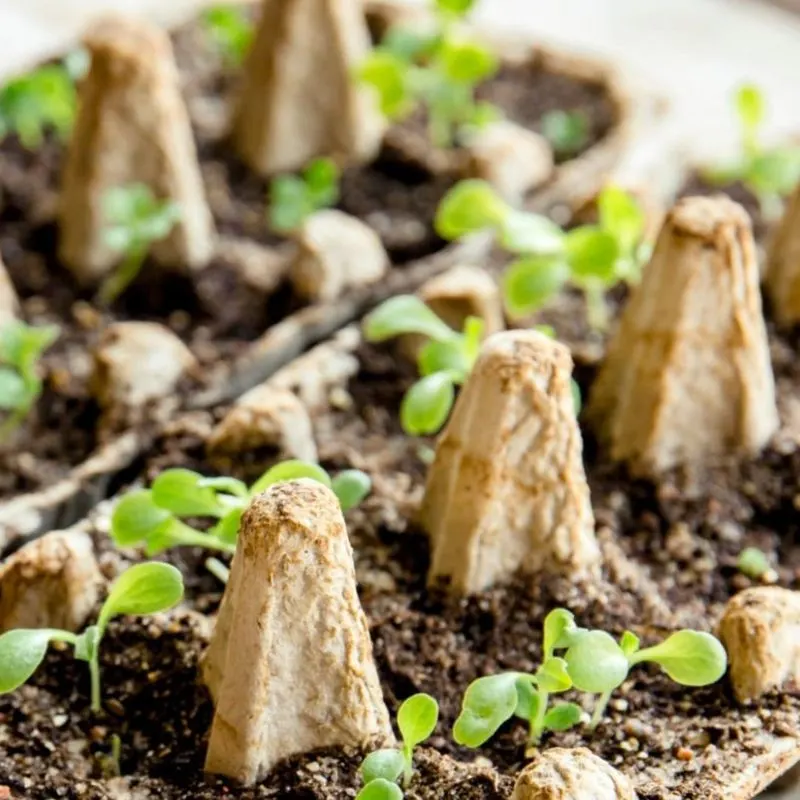
Starting seeds doesn’t require fancy equipment. With newspapers and old egg cartons, I crafted biodegradable seed starters.
Filling them with soil, I planted seeds that sprouted into strong seedlings ready for transplant.
These homemade starters decompose naturally, enriching the soil and promoting healthy growth. It’s a simple, waste-free start to a bountiful gardening season, showcasing innovation in the smallest of details.

